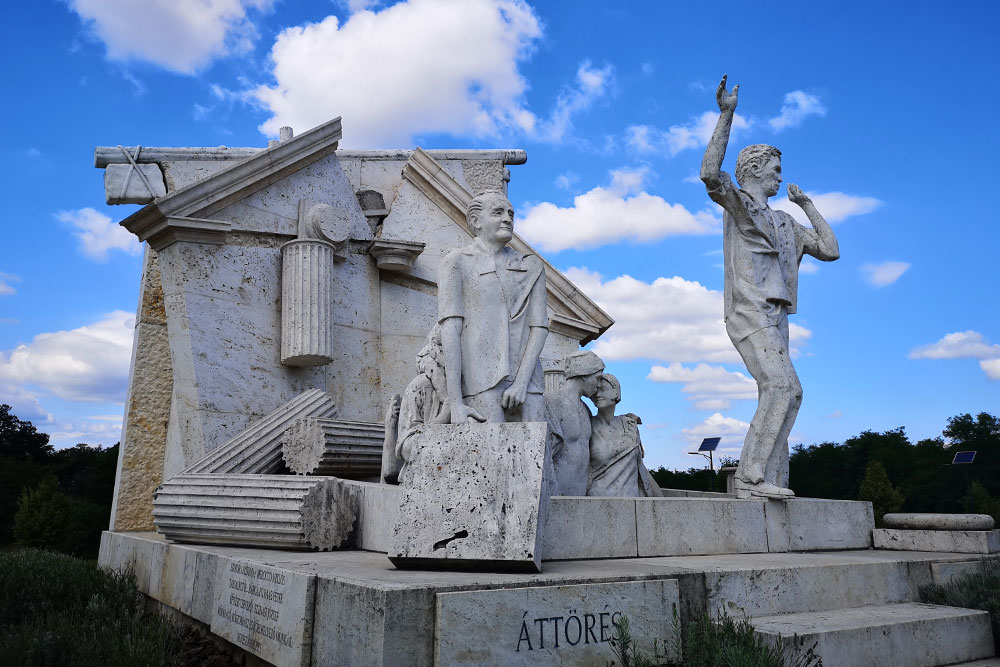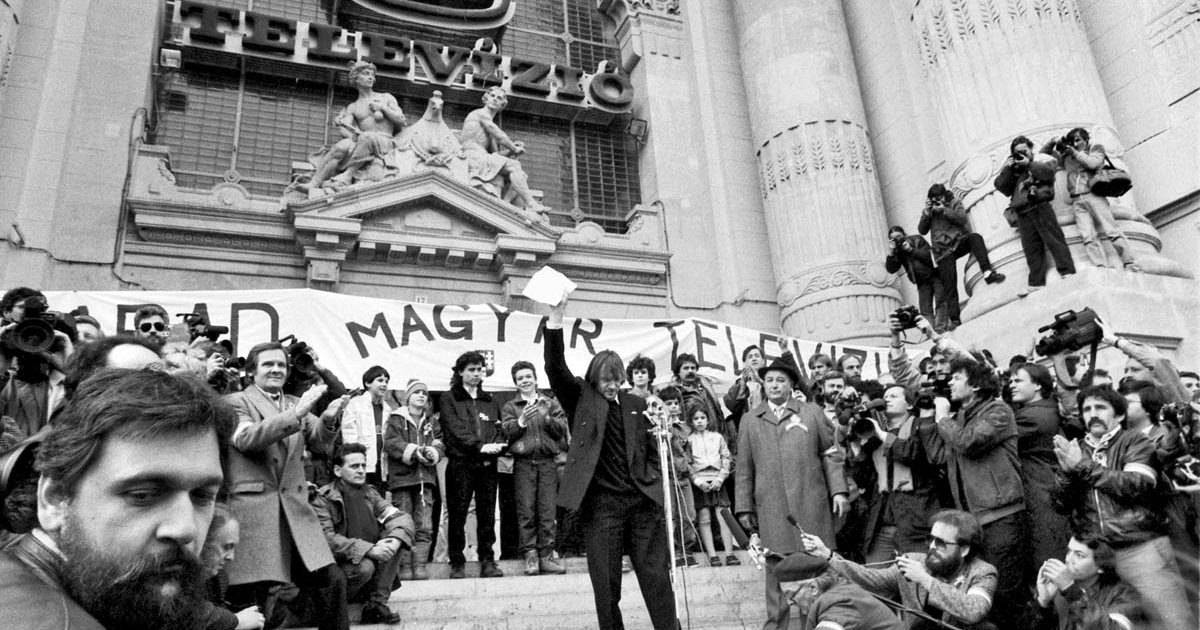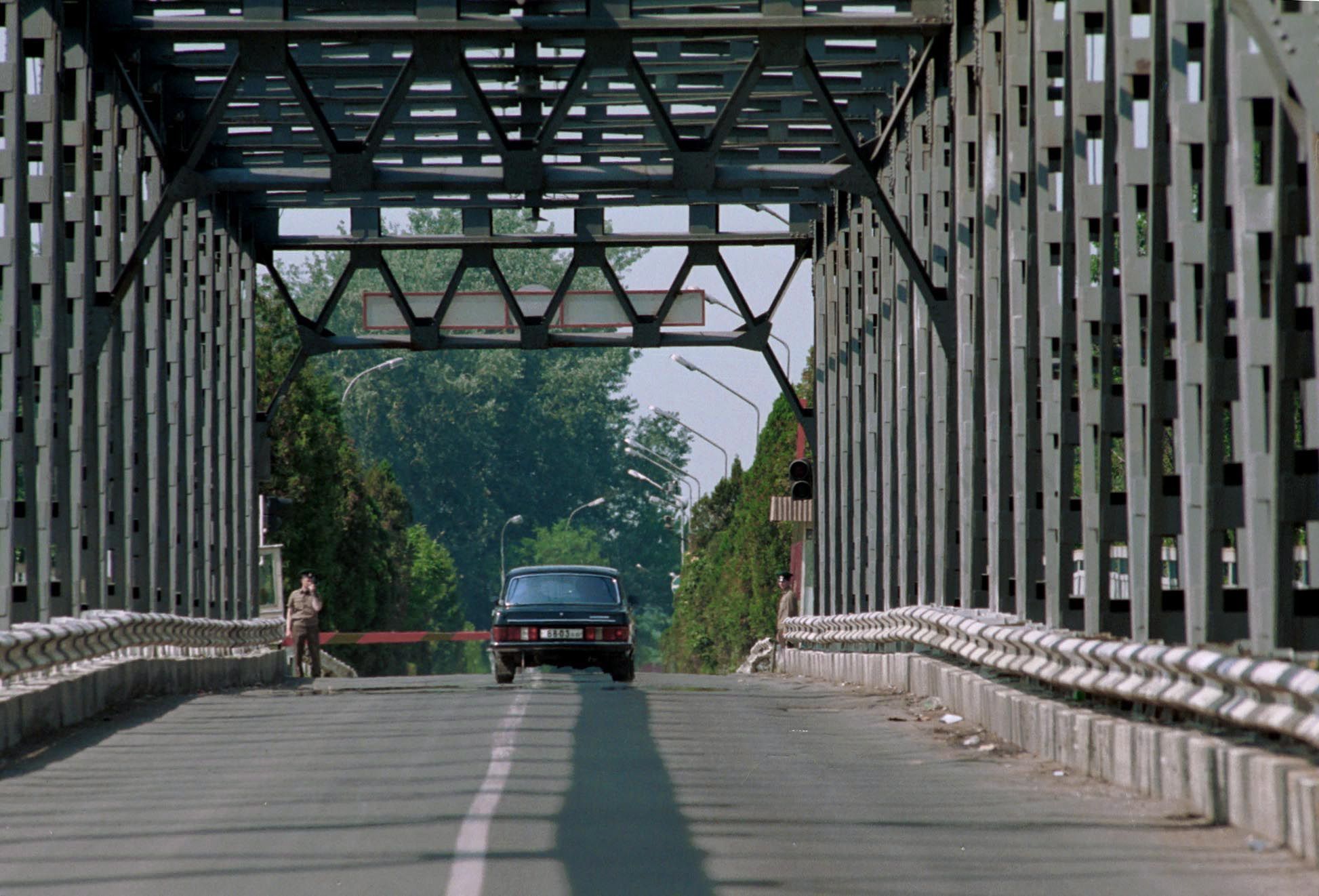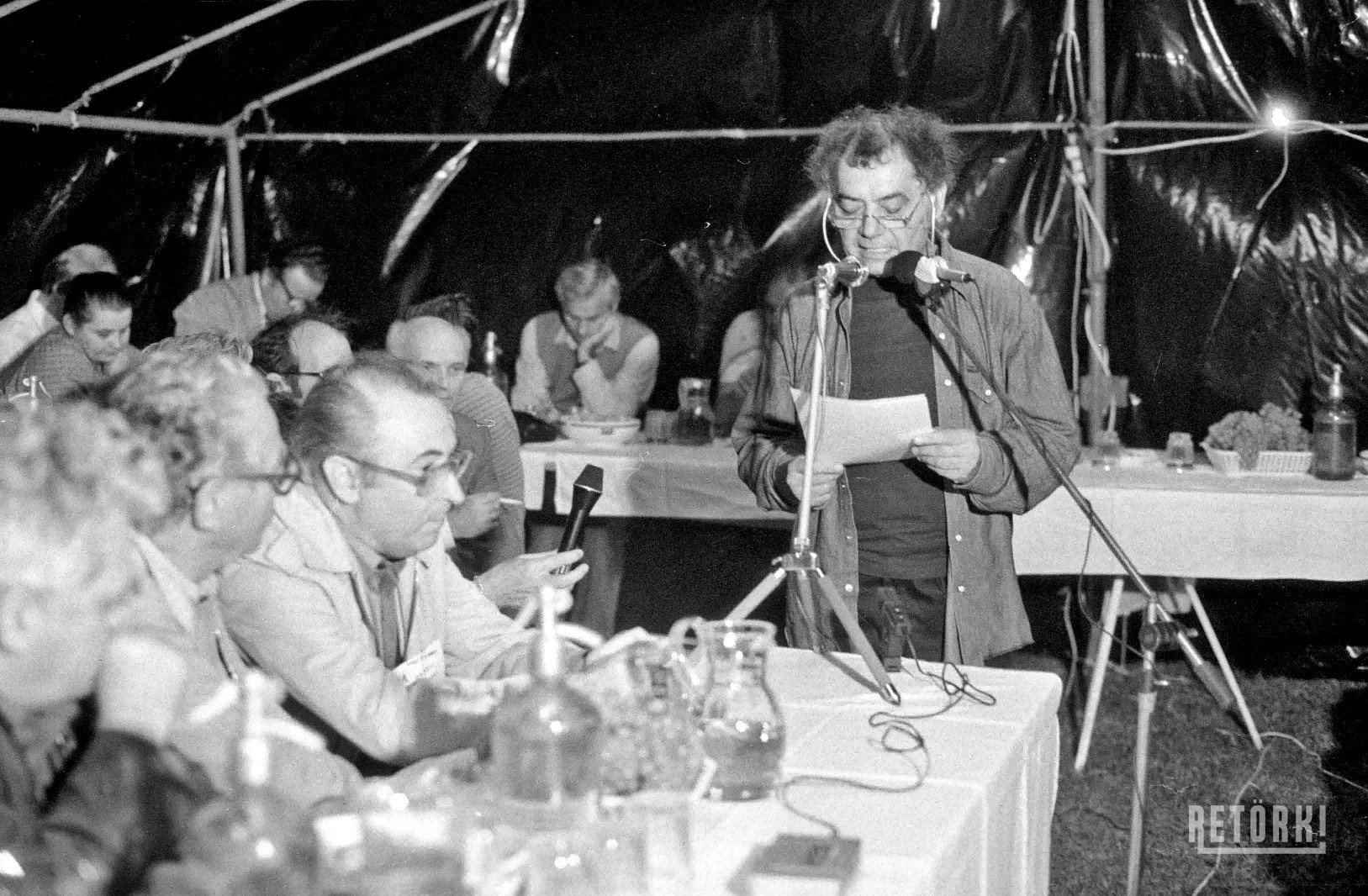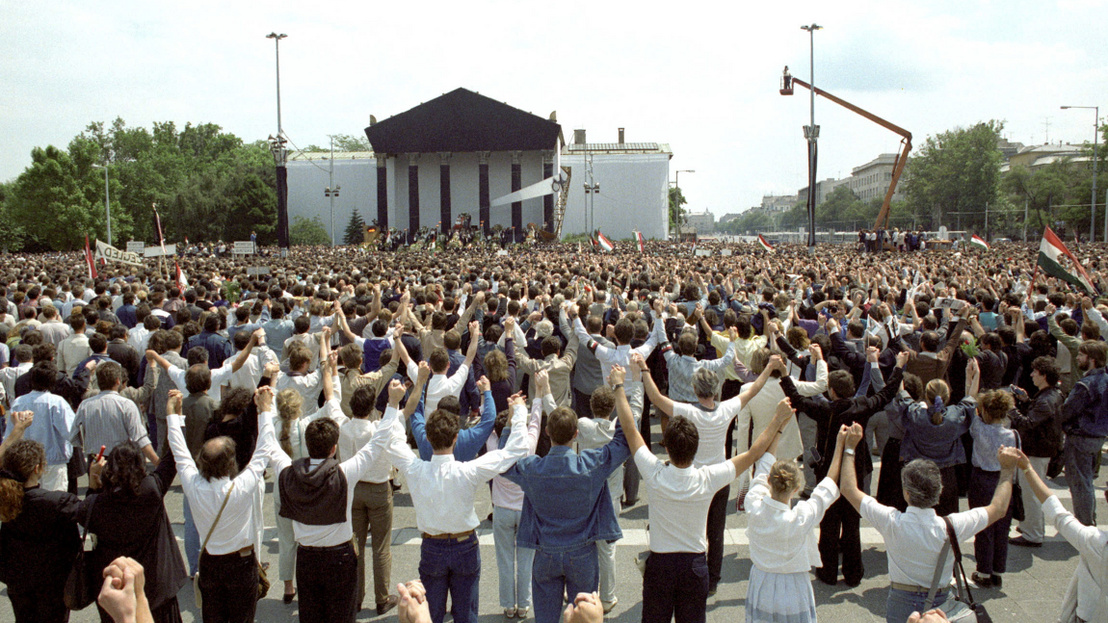
Reburial of Imre Nagy (Heroes Square) – 1989 – Budapest
Hungarian figure of the „Dreaming about the democracy” topic
Heroes’ Square in Budapest, one of Hungary’s most iconic public spaces, became a powerful symbol of the end of communism in Hungary with the reburial of Imre Nagy on June 16, 1989. This momentous event marked a turning point in the nation’s history, as it signaled not only the formal closure of a tragic chapter from the 1956 Revolution but also the beginning of the end for the communist regime in Hungary. The reburial of Nagy, a martyr of the revolution, was a key moment in Hungary’s peaceful transition to democracy and echoed the broader wave of democratic aspirations sweeping across Central Europe.
Imre Nagy, who had been executed in 1958 after leading the short-lived anti-Soviet uprising in 1956, had become a symbol of resistance against oppression. His reburial, attended by over 200,000 people and broadcast live on national television, was not just an act of justice but also a powerful statement of the Hungarian people’s desire for freedom and democracy. The ceremony at Heroes’ Square, with its solemn atmosphere and the participation of opposition leaders, intellectuals, and ordinary citizens, highlighted the collective will to break away from decades of communist rule.
The reburial also marked a broader shift in Central Europe, where similar movements were gaining momentum. The 1980s saw increasing resistance to Soviet domination across the region, with events like the Solidarity movement in Poland and the growing demands for reform in Czechoslovakia. In Hungary, the reburial of Nagy was a precursor to further acts of defiance against the regime, culminating in the fall of communism later that year.
One of the significant events following the reburial was the Pan-European Picnic at Fertőrákos on August 19, 1989. This peaceful demonstration on the Austrian-Hungarian border, organized by Hungarian and Austrian activists, symbolized the opening of the Iron Curtain. It allowed hundreds of East Germans to cross into Austria, effectively starting the chain reaction that would lead to the collapse of the Berlin Wall and the end of communist regimes across Central and Eastern Europe.
Similarly, Budapest’s Szabadság Square became a focal point for democratic activism, particularly on March 15, 1989, when Hungarian Television broadcasted a live debate on the future of the nation, marking the first open challenge to the communist monopoly on power. This broadcast was a key moment in the growing public discourse on democracy and national sovereignty.
Another pivotal moment came in Záhony in 1991, symbolized by the slogan „Tovaris konyec” (Comrades, it’s over), as the last Soviet troops left Hungary. This event marked the end of Soviet military presence and influence in the country, affirming Hungary’s newfound independence and the broader collapse of Soviet power in Central Europe.
The Lakitelek Meetings, which began in 1987 and brought together intellectuals, politicians, and dissidents, also played a crucial role in shaping Hungary’s democratic transition. These gatherings laid the groundwork for the formation of new political parties and the establishment of a multi-party system, marking the beginning of a new era in Hungarian politics.
Together, these events encapsulate Hungary’s journey from oppression to freedom, with the reburial of Imre Nagy at Heroes’ Square standing as a powerful symbol of the nation’s resilience and commitment to democracy. The square, already a site of national memory, became a place where the past and future converged, reminding Hungarians of the sacrifices made for their freedom and the responsibilities that come with it.
As Hungary and its Central European neighbors continue to build on the foundations laid during this transformative period, the legacy of these events remains a guiding light. They underscore the importance of unity, courage, and the enduring pursuit of democracy—a dream that, after decades of struggle, became a reality in 1989. The reburial of Imre Nagy and the subsequent milestones in Hungary’s path to freedom reflect the broader narrative of a region that, despite its turbulent history, continues to aspire to the ideals of liberty, justice, and democracy.
Facts


